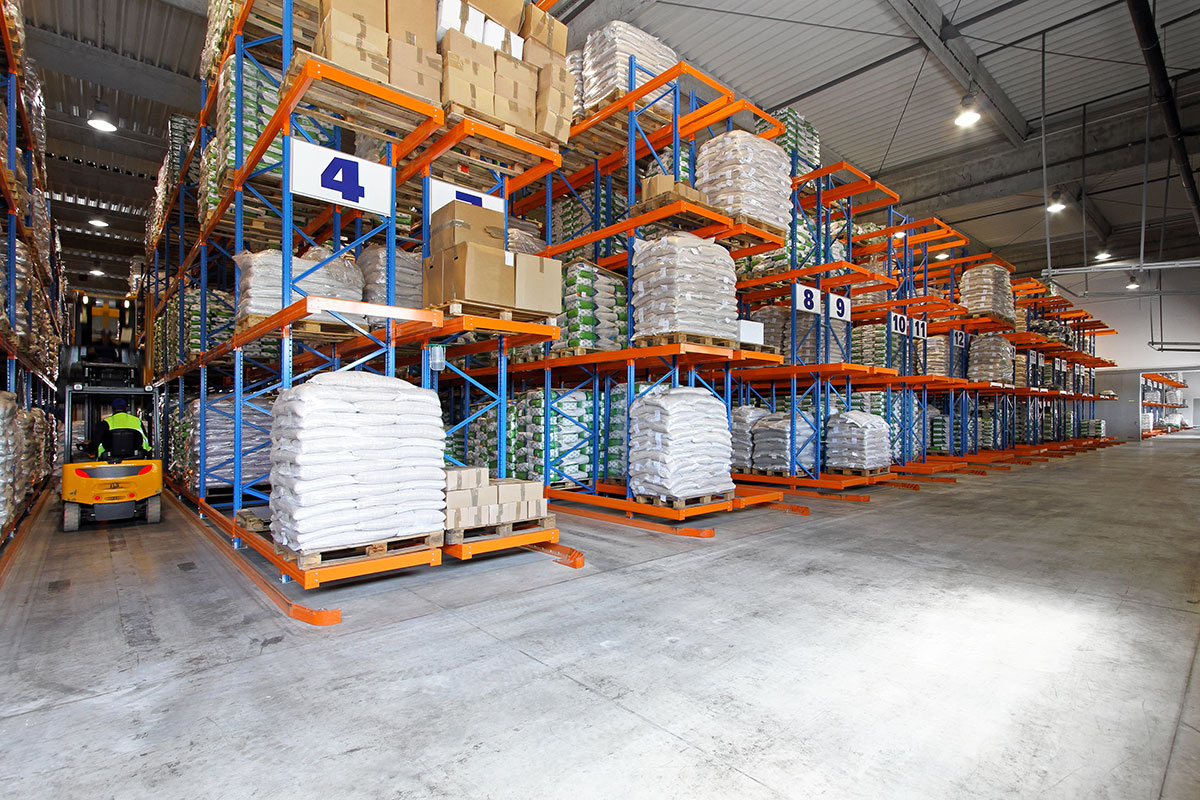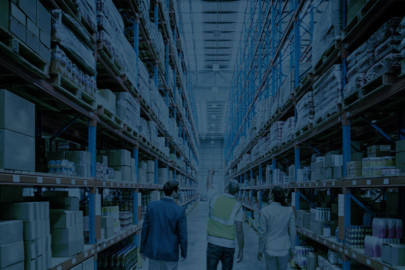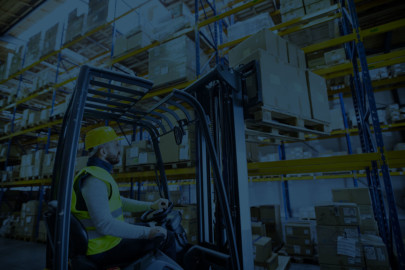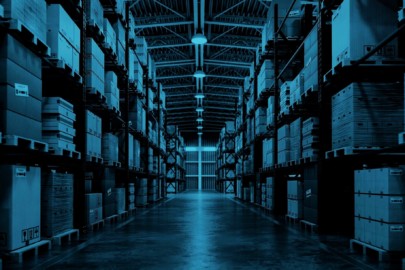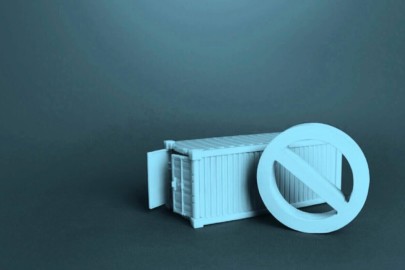Whether your business is just starting or is celebrating its 15th anniversary, you need a fulfillment strategy for the 21st century. When supply chains worked seamlessly, companies looked at in-house fulfillment as a way to maintain control over inventory and deliver a customizable experience. The in-house strategy meant creating warehousing space, hiring staff, and maintaining the facility. Shipping departments had a list of companies to handle the delivery. A strategy didn’t seem necessary.
Today, disrupted supply chains, increased economic pressure, and labor shortages require a fulfillment strategy. Organizations contemplating keeping or moving to in-house fulfillment have to consider economic uncertainties. For example, the vacancy rate for warehousing space is 3.8%, with an anticipated 8.5% increase in rent during the next 12 months.
At the same time, companies are looking at multiple smaller facilities that are better positioned for last-mile delivery. Some organizations are considering larger warehouses as they plan to deploy automated systems to reduce costs and expedite delivery. With tighter availability, space may not be available in the desired locations. Without a well-defined strategy, businesses may find in-house fulfillment to be cost-prohibitive.
So, what should you consider as you develop a fulfillment strategy for your business? How do you decide if your fulfillment services should be in-house or outsourced to a third-party logistics provider (3PL)? As you outline your future fulfillment plans, keep the following factors in mind.
Facility Costs
Beyond the physical building, in-house fulfillment centers must consider supplies, utilities, and maintenance costs. If you own the space, you’re responsible for maintenance as well as property taxes and code compliance. If you’re renting, you may still pay some or all of the utilities.
Given that no one seems to agree on what will happen to utility prices, projecting costs will remain challenging. Some projections show wholesale energy prices dropping over the next 12 months, while others see an ongoing increase in energy costs.
Automation Capabilities
Although 80% of warehouses in the United States lack automation, that is projected to change in the next five years, in part because of labor shortages. As the labor market continues to tighten, the warehousing industry struggles to fill positions. The industry has struggled for years to find and retain employees, and many analysts do not see the trend changing.
Almost 50% of companies see automation as a way to compensate for a poor labor market. Executives realize that the labor pool for warehouse positions is limited despite increased wages, signing bonuses, and other incentives. Unless they use technology, many in the industry will lack the capabilities to remain competitive.
Expertise
Until recently, logistics and supply chain were part of a specialized vocabulary. Now, everyone knows what those terms mean. However, few people understand what is required to deliver shipments when disruptions keep cargo ships at sea, and ground transportation remains at a country’s border.
3PL providers have that expertise. They are versed in warehouse management and shipping operations, including the required documents for sending products overseas or across the country. Companies contemplating in-house fulfillment services need to ensure they have access to the required expertise. No one wants their products stuck in customs because of improper documentation.
Businesses should also look at technology to automate as much of the process as possible. Without automation, employees will spend long hours managing inventory and coordinating shipments while their employers look for added staff.
Sales Channels
If your business has multiple sales channels, in-house fulfillment services must consolidate the information into a single source of truth that accurately records inventory. The information should be tracked by product and by channel while allowing for a comprehensive reporting of inventory.
Companies need cutting-edge solutions for picking, packing, and shipping regardless of the channel. The solutions should provide centralized information so orders can be tracked and inventory updated in real time. Without computerized systems, organizations operating in-house will struggle to compete with companies with more technically advanced services.
Scaling
Part of any fulfillment strategy is planning for growth and fluctuations in demand. Forecasting precisely when your company needs to scale and how much is challenging. Too much space too soon means paying for unused facilities. Too little space could mean paying top dollar for temporary storage. If your business has periods of high and low demand, your strategy needs to manage the changes cost-effectively.
3PL providers have the capacity to accommodate changes in inventory or keep pace with business growth. Businesses can purchase their services for much less than finding a new facility that must be staffed and equipped.
Deciding on a Fulfillment Strategy
Having control over warehouse operations and inventory management sounds appealing if your business has struggled with supply chain issues. If customized delivery differentiates your business, you may want to keep logistics in-house. However, part of developing a strategy is looking at the cost/benefit ratio of doing it in-house.
As you finalize your strategy, ask the following questions:
- Can your company afford to invest in a warehouse and the technology required for competitive delivery?
- Will you have enough staff to operate a facility?
- What are the general and administrative costs associated with more employees and new facilities?
- Do you the expertise, or can you acquire it?
Perhaps, the critical question is, do you have the time? Would your time be better spent focusing on growing your business? If so, you might want to look at a 3PL Fulfillment Strategy.
3PL Fulfillment Strategy
If your fulfillment strategy points to a 3PL solution, you need to look for a partner that can deliver the customized experience you want. You should search for a provider that has the following:
- Logistical expertise to ensure cost-effective delivery
- Automated capabilities that give your business a competitive advantage
- Specialized packaging, such as kitting or pick and pack
- Knowledgeable Fulfillment by Amazon (FBA) and other retailer requirements
- Capacity to scale for growth or seasonal fluctuations
- Integrated sales channel operations
You want a partner that treats you the way you treat your customers. Symbia Logistics is a family-owned business with over three decades of experience. If you’re working on your fulfillment strategy, contact us to discuss how we can bring your strategy to life.






